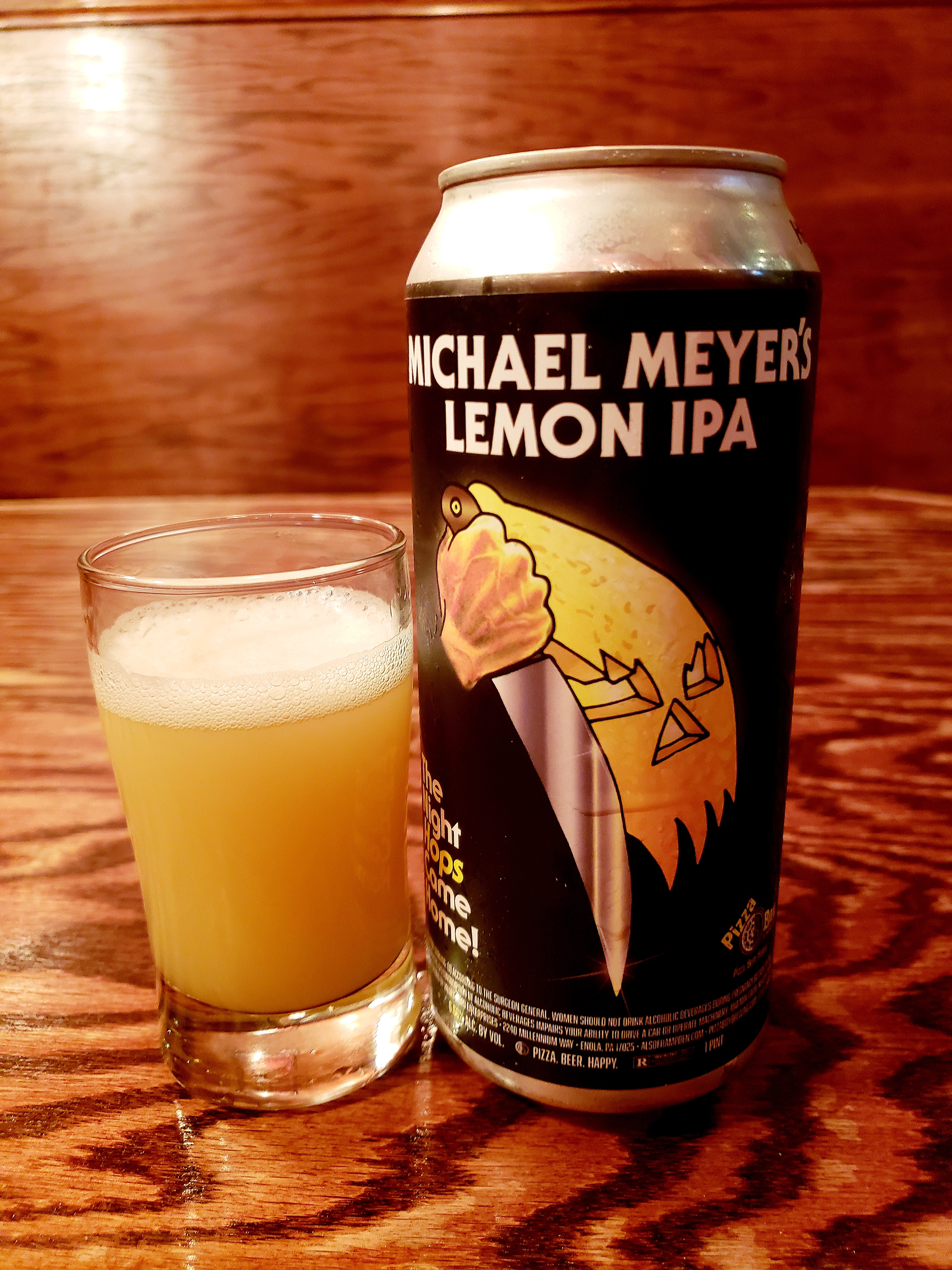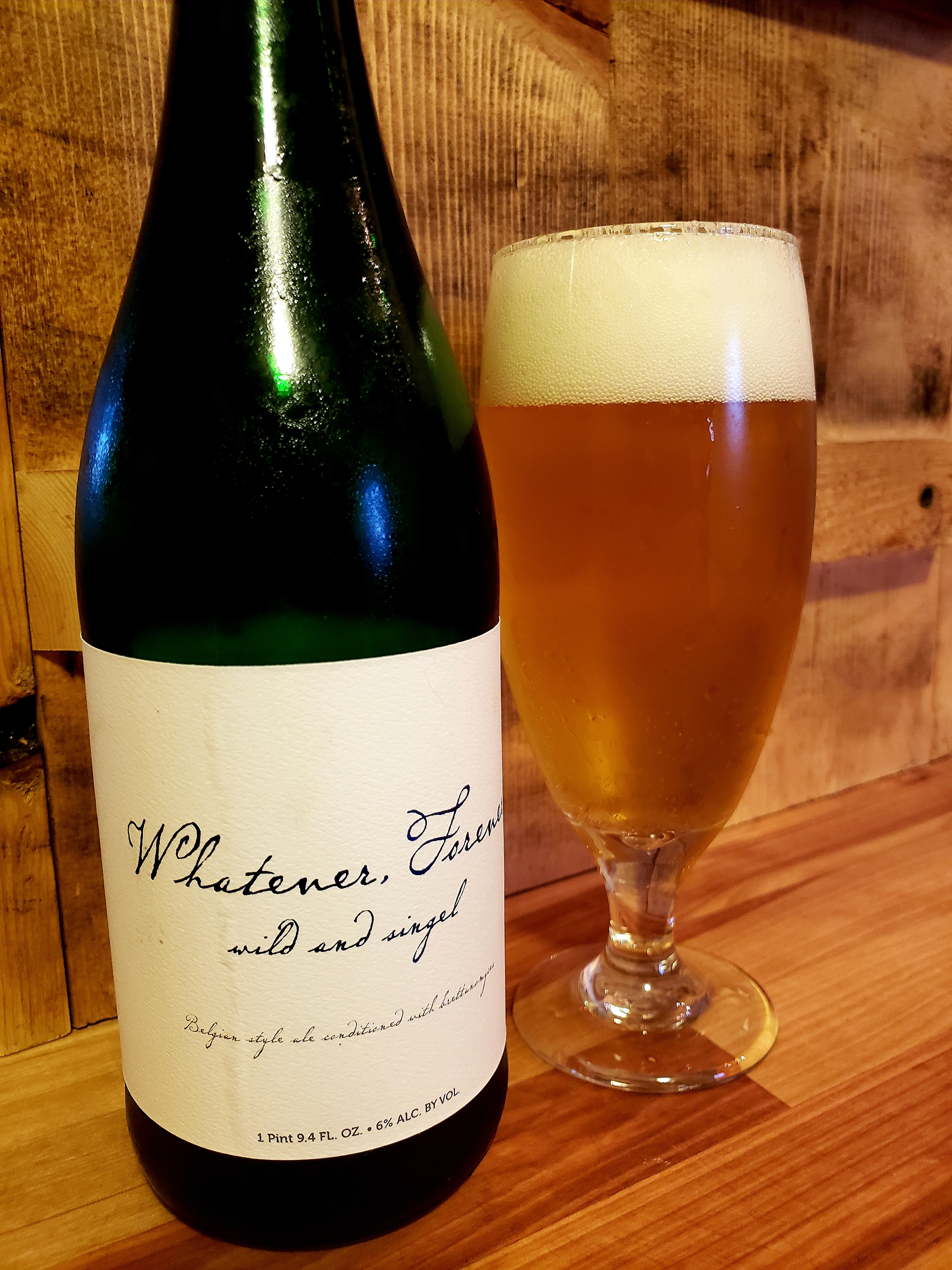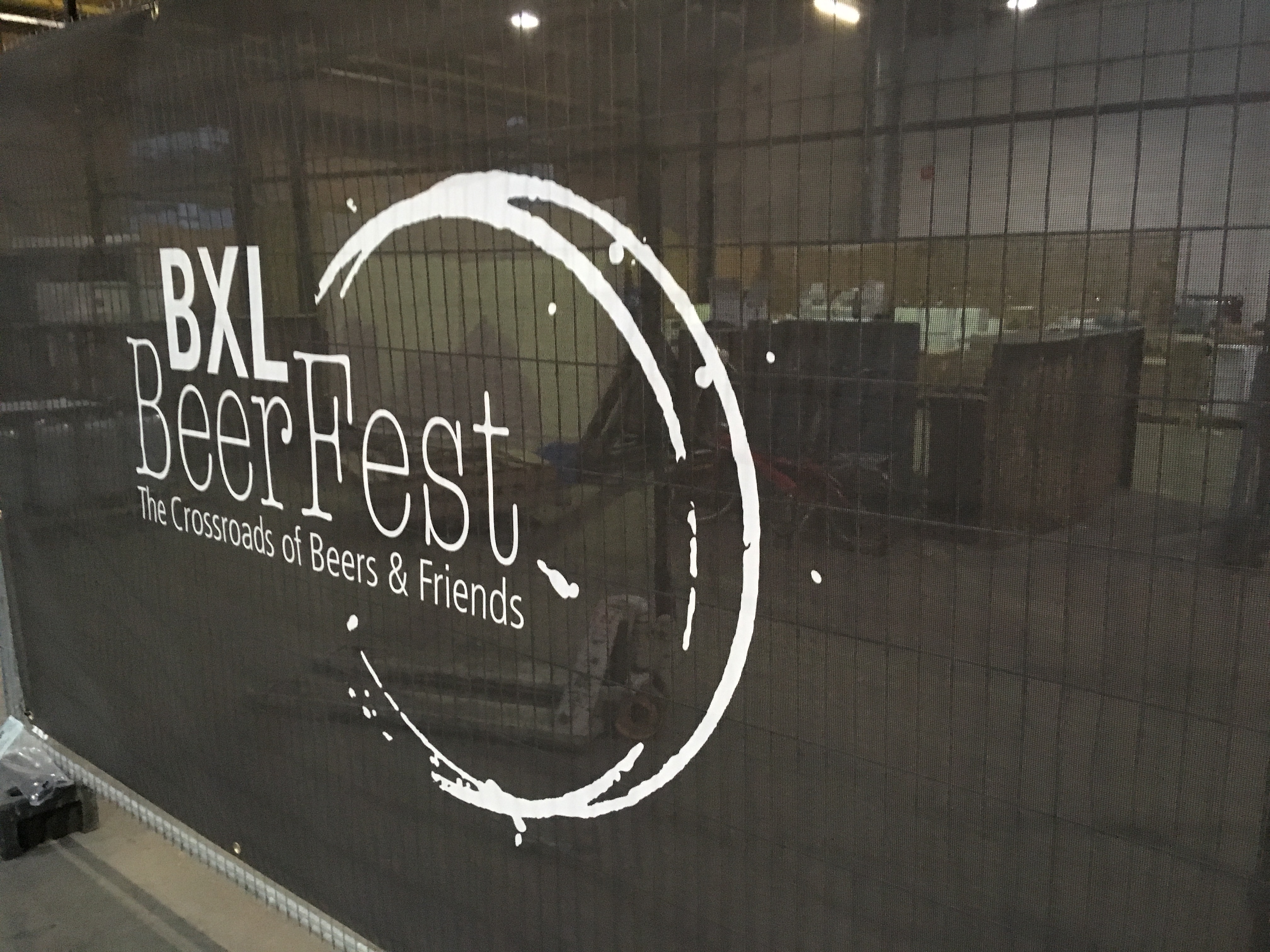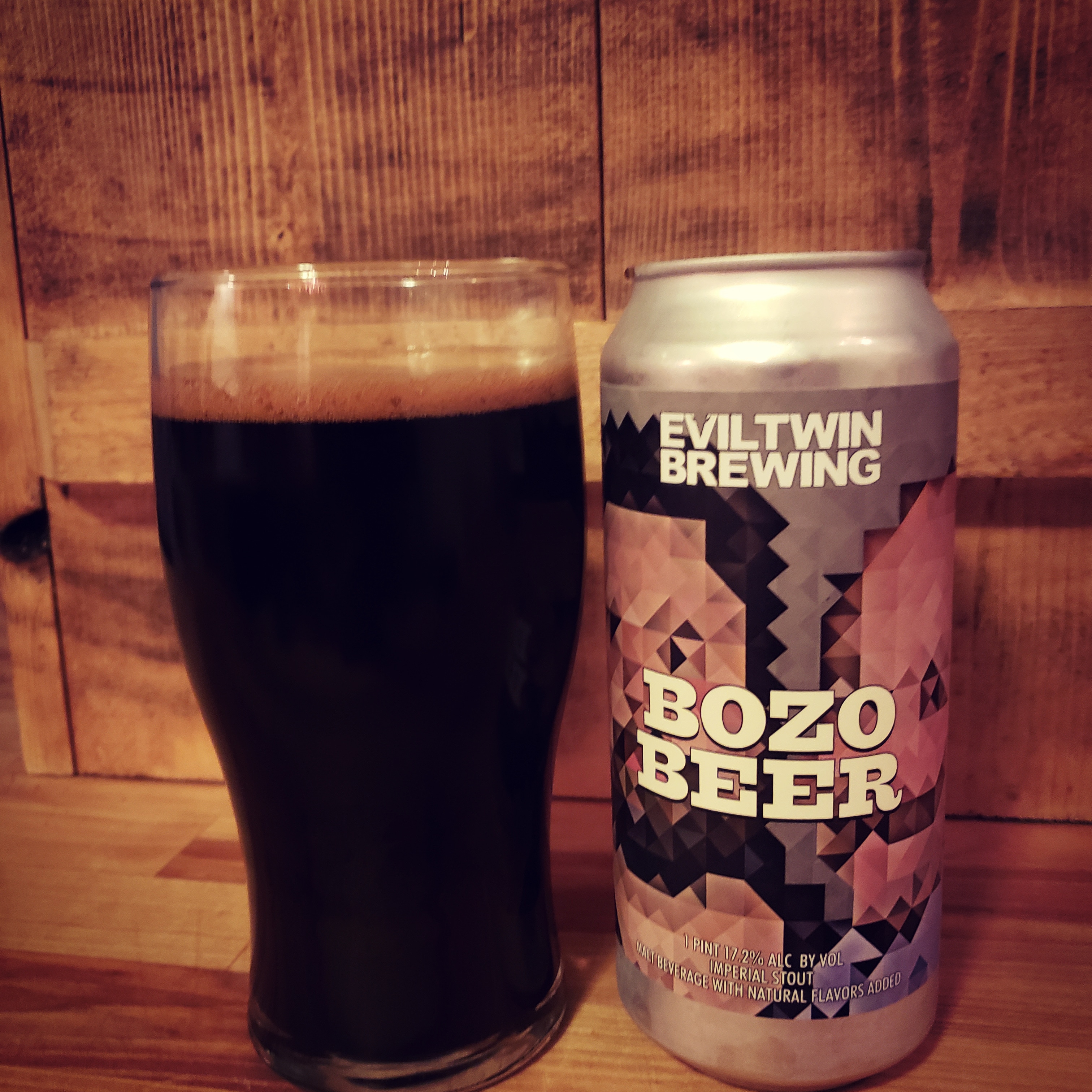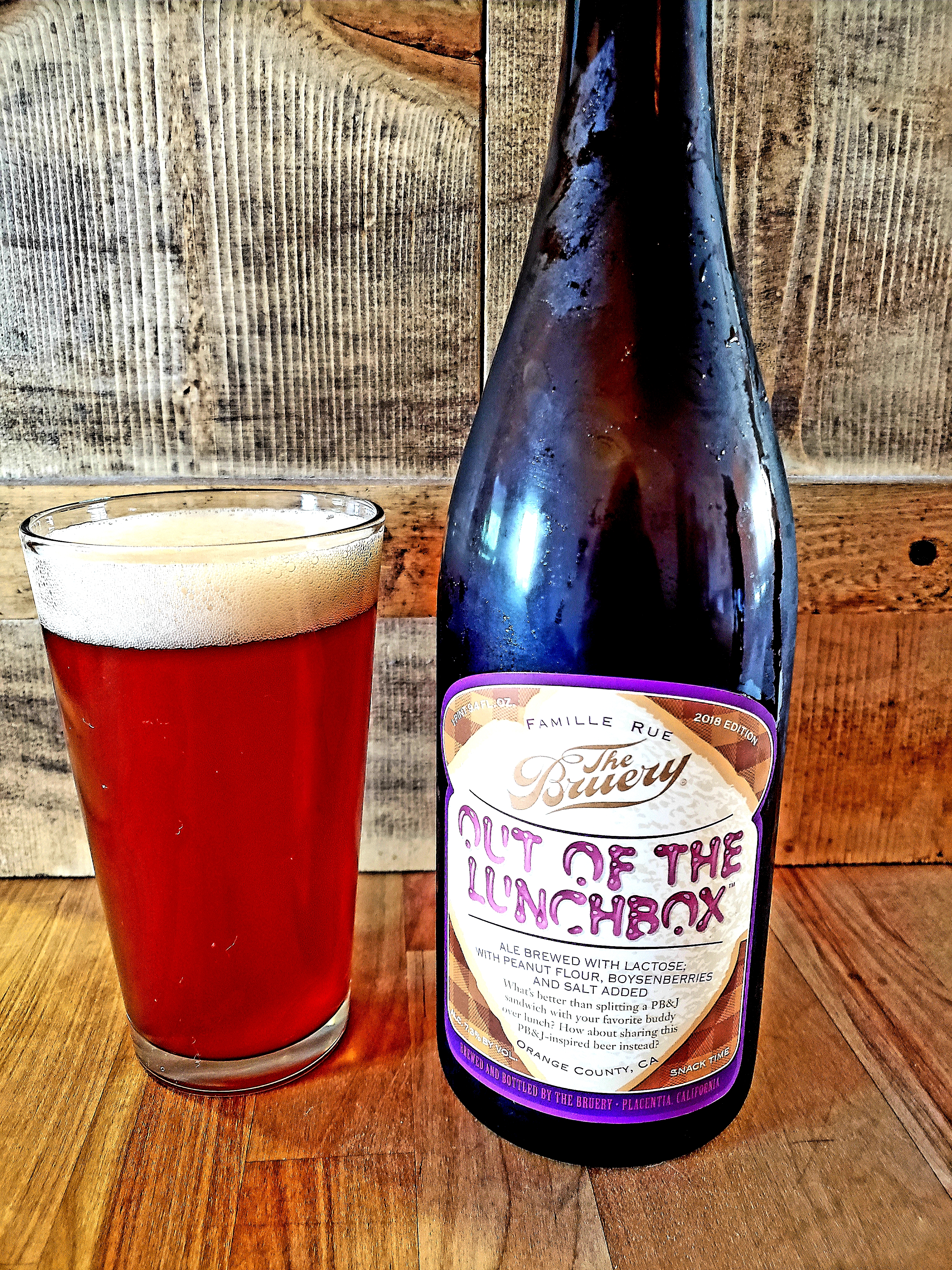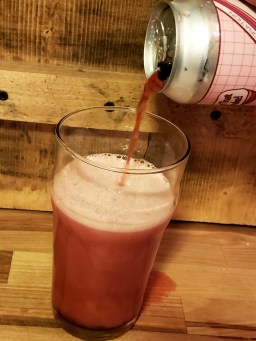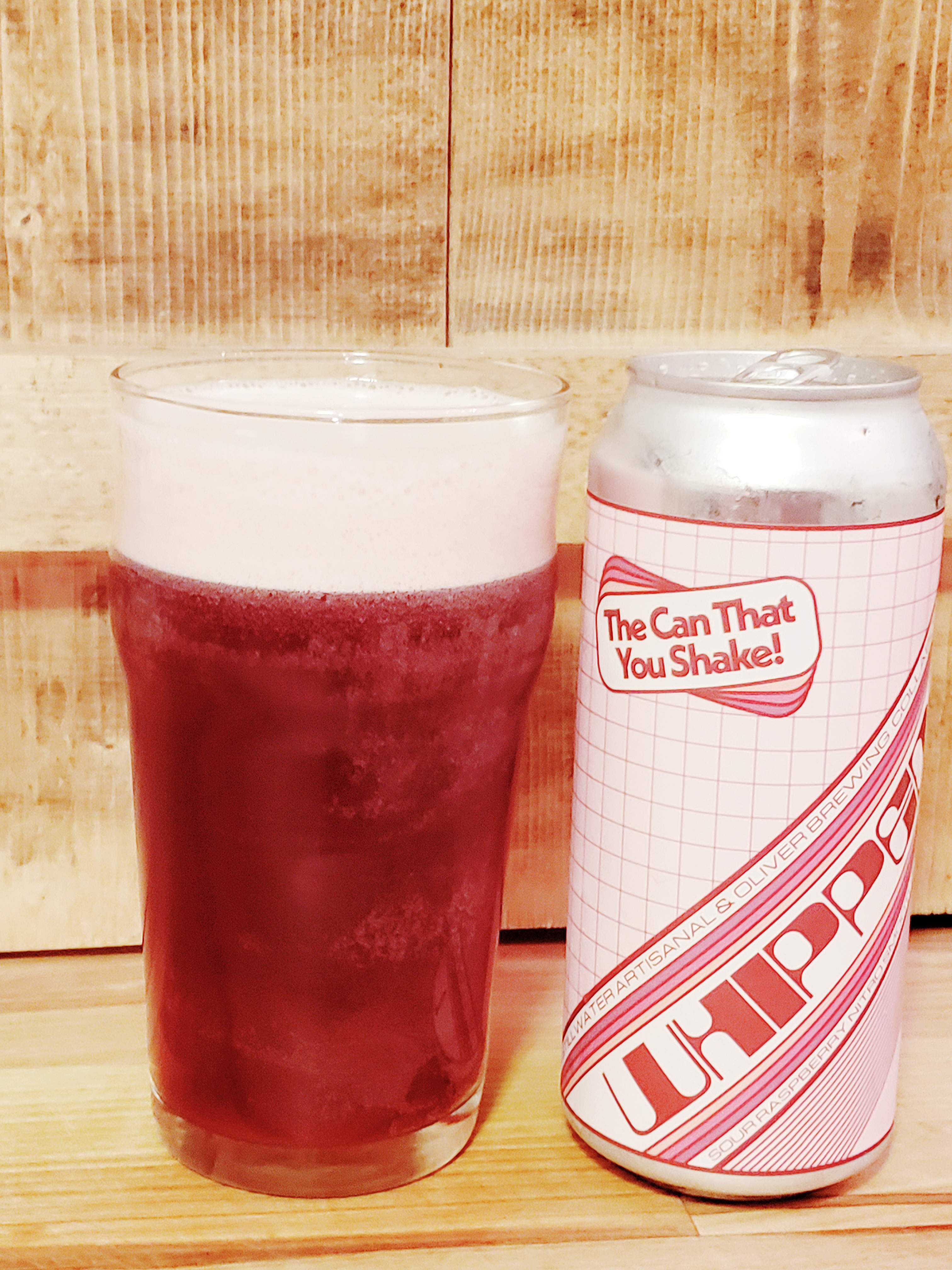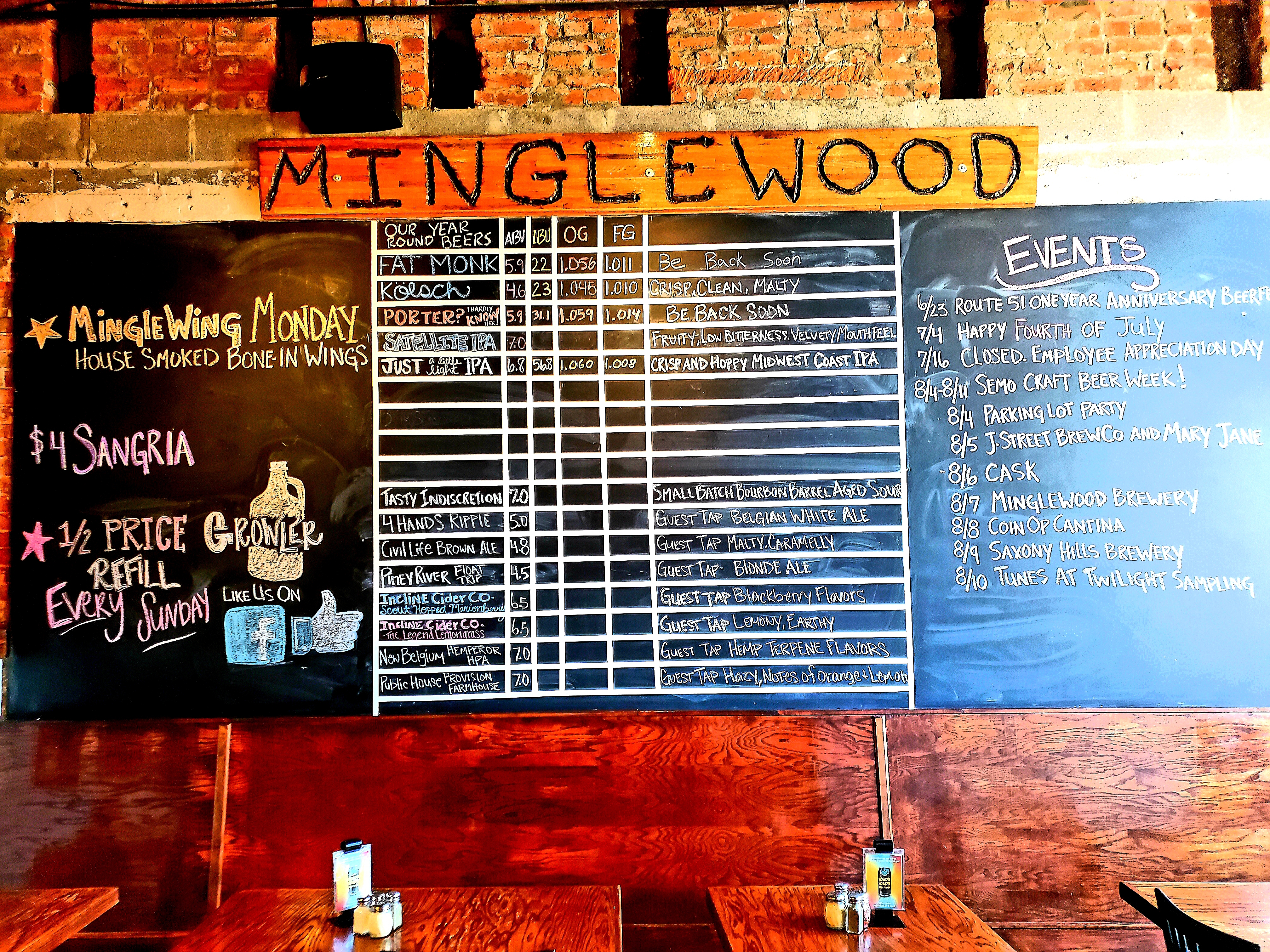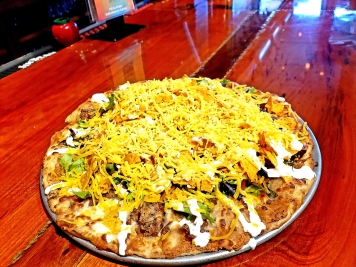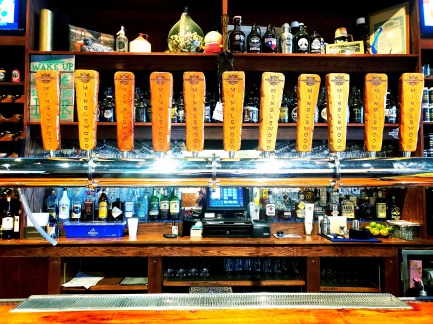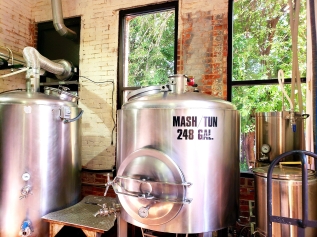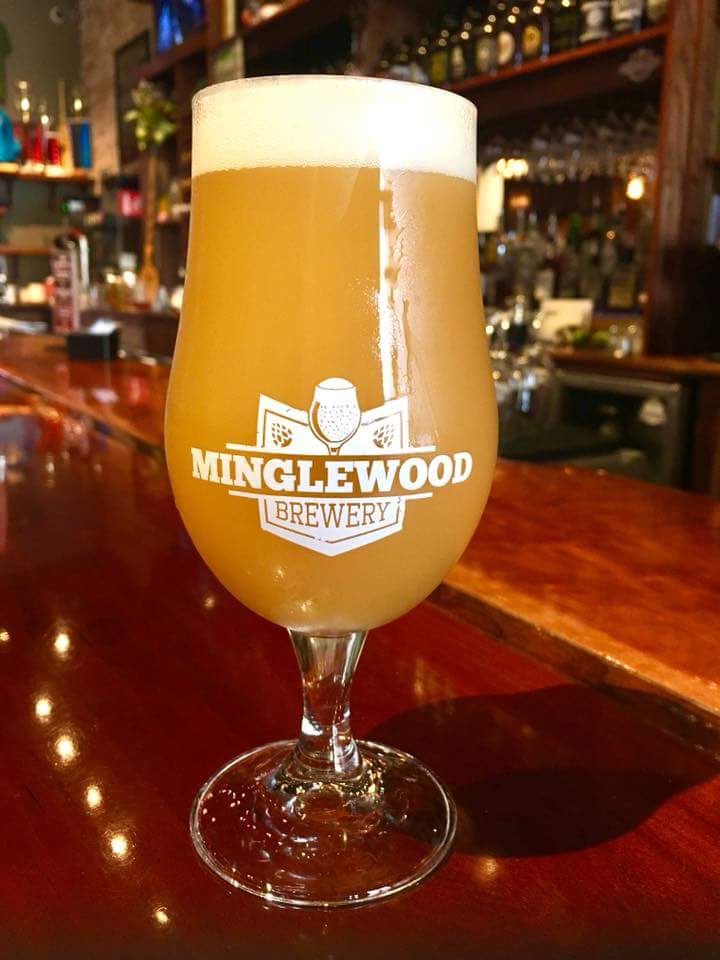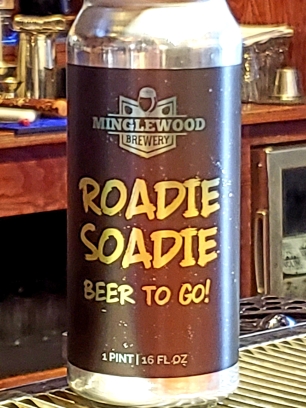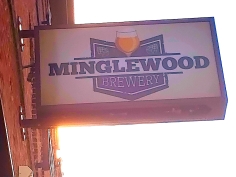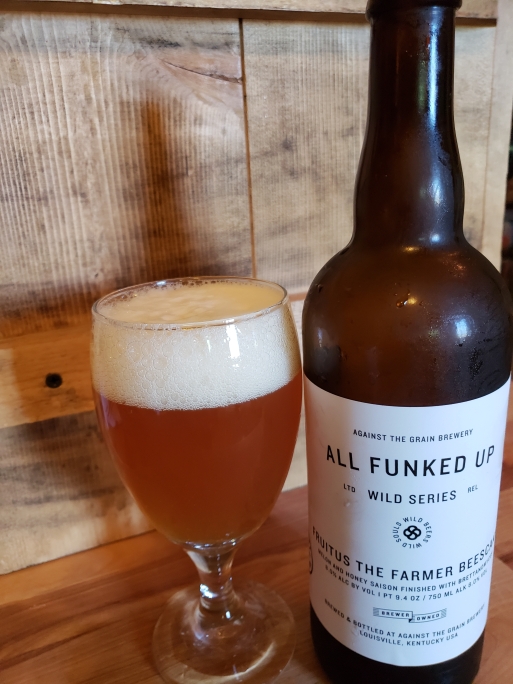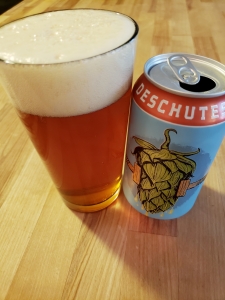“The best teamwork comes from men who are working independently toward one goal in unison”
-James Cash Penney
Since time immemorial, the human race has banded together in pursuit of common objectives, some of these based in survival and others based in truly living. Beer is one example of how, occasionally, it can be both.
Over the years, brewers and drinkers alike have endeavored to create and consume quality craft beer, resulting in the craft beer culture we know today. One of the key pillars of this environment lies in independence. In fact, in some ironic sense, it depends on independence.
I was fortunate enough to be able to converse with Julia Herz, Craft Beer Program Director at the Brewers Association, regarding this facet of the craft beer community. She emphasized how important independence is and has always been, commenting that it is “a true part of the fabric of our country.”
But why should this matter in a beverage?
Turns out, quite a few reasons. Julia explains to me that “small businesses drive so much of our economy” and that craft breweries are far from an exception. Sure, consumers help keep local breweries afloat and successful by being patrons and helping these businesses become profitable enough to sustain themselves and continue to make their product, but Julia says that it actually goes the other way, too. She asserts that craft breweries help stimulate entire communities with their outreach. Between events, fundraisers, and other programs, local craft breweries tend to take a vested interest in their consumers, far beyond that of a typical business transaction-centered relationship. In fact, the Brewers Association estimates that, in 2016, breweries donated approximately 73.4 million dollars!

While that number is pretty staggering, there are other reasons besides money to value craft breweries, specifically those independent and locally owned. Quality, variety, and passion come to mind. But, more importantly, trust. When I walk into a brewery, I can have confidence in the beer that I order. In most cases, I can literally look up and see where the drink in my hand was produced. If I speak with the brewer, they can tell me exactly what ingredients were used, how much, and from where. And I can hear the passion behind their words. I know that this is not just some mass-produced product, this is their little beer baby. There is an understanding that, upon handing me this beer, it is someone’s proud creation and I should cherish it for the rest of my life.
Well…at least for the rest of the pint.
While I have always believed that no one should be ashamed of what they drink, I do think everyone should know what they are drinking and be able to make an informed choice. So does the Brewers Association. The Brewers Association, which is a “membership organization dedicated to promoting and protecting small and independent craft brewers in the United States,” says that, unfortunately, making educated decisions based on face value is becoming harder. Whereas, in the past, one could make an educated choice simply by examining the beer bottle or can, these days, it has become a little trickier. This is in part to what is referred to as “craftwashing.”
Craftwashing is when a larger beer producer (think Anheuser-Busch InBev, MillerCoors, etc.) either mimics labeling to appear like an independent brewery or purchases a smaller company, keeping it “formally independent” but not truly independent. This means, even if a consumer looks at the label, they may not find proof of the parent company, and make the purchase believing they are supporting a small business, instead of a multi-million dollar corporation. And some people are quite content and don’t feel the need to know; we all have a right to spend our hard earned wages as we wish. However, the problem with these practices is that it muddles the information that a consumer uses to decide what they want to purchase. It is inherently deceitful in that it is an omission of all the proper facts. This also “skews the marketplace,” according to Julia, which is a large concern, as it diminishes the amount of opportunities and shelf/tap space for locally-owned/smaller breweries.
Julia reveals that brewers and consumers alike have been pushing for a definitive standard for quite some time. In late June 2017, their wish was granted. The Brewers Association introduced the #seektheseal movement, as well as the Independent Craft Brewer Seal which brewers can obtain and display both on their brewery entrances and their bottles/cans.

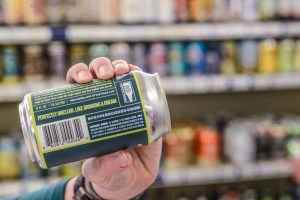
Julia explains that, to obtain usage of the seal, a brewery must meet certain credentials. The Brewers Association does clarify for their usage what a “craft brewer(y)” should be and the business must provide proof they fit this definition in that they are (among other factors) small, independently owned, and licensed. The seal depicts an inverted beer bottle to represent how the “U.S. craft beer movement has turned beer on its head worldwide.”
The seal accompanies the campaign’s slogan,
“That’s Independence You’re Tasting.”
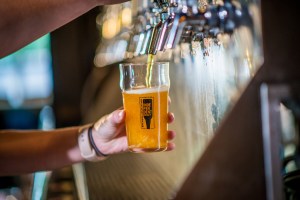
To date, Julia reports that approximately 4,000 U.S. craft breweries participate in the #seektheseal movement and proudly display the seal. For perspective, she elaborates, this represents about 85% in volume of craft brewed beer. In fact, the movement already had over 400 participating breweries within the first day. Talk about traction!
While this is very good news for both brewers and consumers alike, the movement won’t stop there. It can’t stop there. As a consumer, it is our responsibility to #seektheseal. Julia suggests several ways to do this. We must first prioritize what the Brewers Association stands for, which is “certified, independent, craft.” Choosing those breweries that furnish the seal is the best way to live out that priority. The Brewers Association also proposes, for those social media savvy beer lovers, taking a photo of your seal and posting it to Instagram with the tagline of #seektheseal. This allows others to inquire into the campaign, become more educated themselves, and to also know what you stand for. Besides beer consumption, Julia notes that visiting the breweries themselves is a wonderful way to not only show your support, but to become more knowledgeable. “Tour the breweries,” she encourages, “Take a beer-cation.” I like the sound of that-as did an estimated 30 million people in 2017!
So while it might sound scary and a little like Big Brother brewery edition is taking over your right to choose certain aspects of your livelihood, there is quite a bit of silver lining. With so many people choosing independence and becoming more vocal about it, both in their online posting and their offline activities, craft breweries are thriving. If we continue to #seektheseal and do our part, we can continue to keep the craft alive and well and take back our independence in regards to choice. By empowering ourselves, we can empower the whole craft beer movement. You just have to take a stand or, in this case, a seal.
Julia, her enthusiasm evident in her voice, ends our conversation on this note, “It is the greatest time in history to be a beer lover.” And I couldn’t agree more.
Cheers.

To find more information on #seektheseal:

https://www.brewersassociation.org/
*All information/statistics/quotes taken from Julia Herz directly and/or Brewers Association website. All photos used in this article are property of Brewers Association and used with permission*

